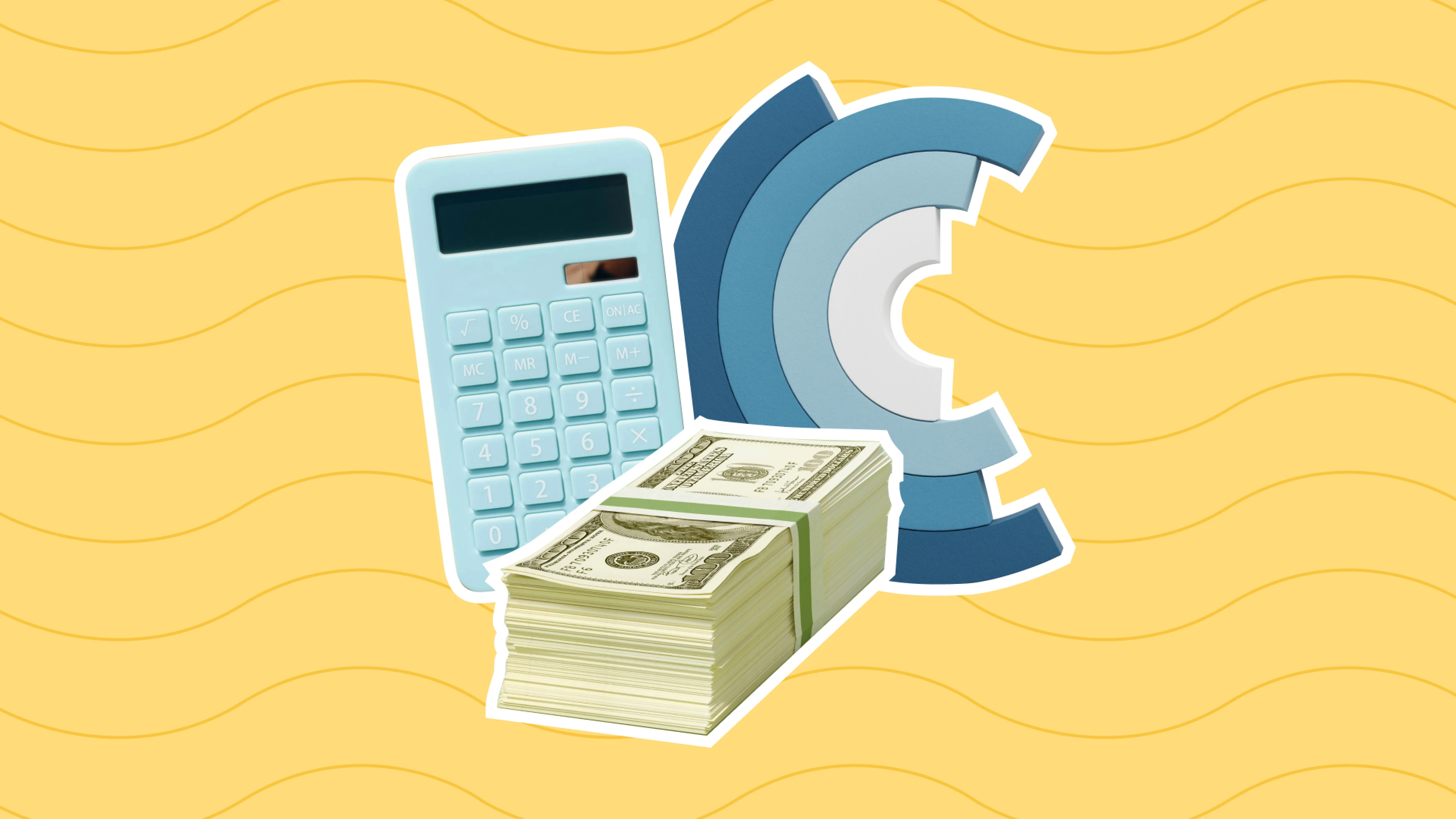How do payroll credits and debits work in payroll processing?
What are typical examples of payroll credits and debits?
Why are accurate payroll credits and debits important for businesses?
Payroll Credits and Debits
Payroll credits and debits are accounting entries that record money flow during payroll processing.
How do payroll credits and debits work in payroll processing?
In payroll accounting, credits typically represent payments to employees or tax authorities. When a company pays wages, the payroll account is credited, showing money leaving the business. Conversely, debits record money being received or expenses being recognized. This double-entry system provides a clear paper trail of all payroll transactions.
What are typical examples of payroll credits and debits?
Common payroll debits include gross wages, employer payroll taxes, and benefit contributions. Credits often include employee net pay, tax withholdings, and benefit deductions. Credits for employee net pay represent the amount employees receive after all payroll tax withholdings and deductions.
Why are accurate payroll credits and debits important for businesses?
Correctly recording payroll credits and debits ensures tax compliance and accurate financial reporting. Accurate records also help with budget planning and cash flow management. Furthermore, they give business owners an accurate picture of labor costs and help manage payroll liabilities across the organization.
Related Words
Dive Deeper with Justworks’ Resources
Get a closer read on relevant topics related to benefits, payroll, HR, compliance, and more.






